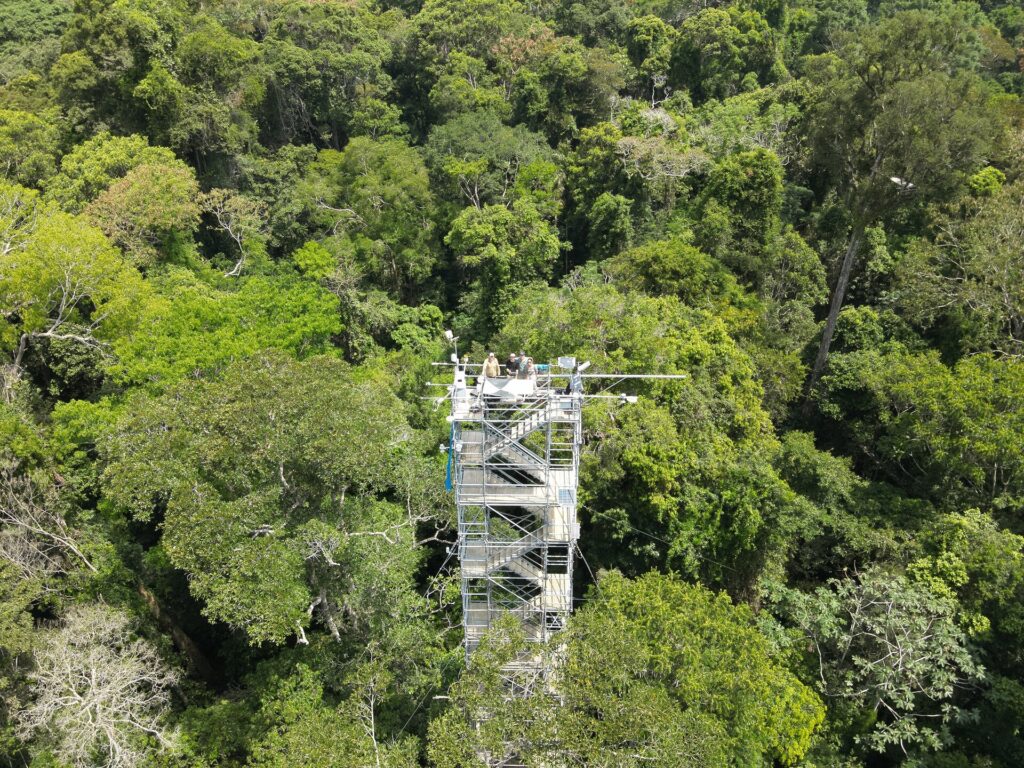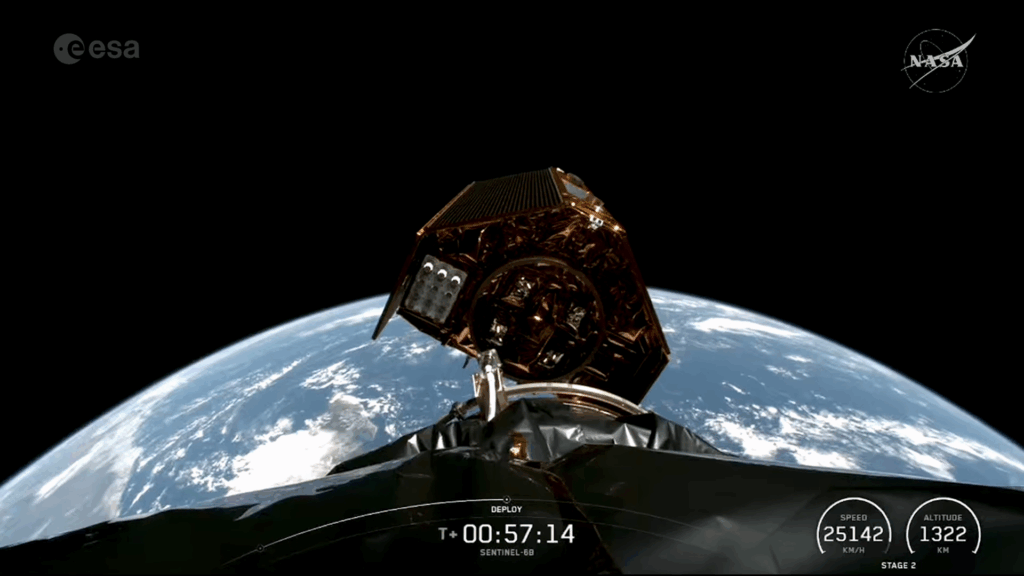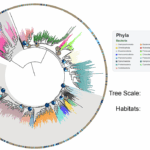Now Reading: Watch: HydroGNSS, IRIDE and Greek mission satellites launch
-
01
Watch: HydroGNSS, IRIDE and Greek mission satellites launch
Watch: HydroGNSS, IRIDE and Greek mission satellites launch


18/11/2025
761 views
14 likes
The European Space Agency’s HydroGNSS, a twin-satellite mission to gather data on Earth’s water cycle, is scheduled to launch on 19 November at 19:18 CET (10:18 Pacific Time). Live coverage of the launch will be shown on ESA Web TV.
The live coverage will start at 19:01 CET (10:01 Pacific Time). Launch is from the Vandenberg Space Force Base with SpaceX on Falcon 9.
Please note: launch times are subject to change at short notice. This page will be updated as soon as information becomes available, so please check back or bookmark the article.
Follow the launch live
Watch the liftoff of HydroGNSS live on ESA Web TV. The rideshare on Falcon 9 also sees the launch of satellites for the Italian national mission IRIDE, as well as satellites developed by ICEYE for Greece’s National Small Satellite Programme.
Wednesday, 19 November (all times in CET):
- 19:01 Join SpaceX live webcast
- 19:18 Falcon 9 liftoff
- 21:41 Live webcast ends
Scouting for water
Changes in the global water cycle pose a threat to our environment and to communities around the world. HydroGNSS, part of ESA’s FutureEO programme, delivers observations on four hydrological parameters:
- soil moisture,
- inundation or wetlands,
- freeze/thaw state, and
- above-ground biomass.
These parameters are closely aligned with Essential Climate Variables, which measure physical, chemical, or biological characteristics and provide empirical evidence to assess climate risks. Data on these variables are used in many applications and areas of science: from weather forecasting and flood prediction, to understanding wetlands, as well as data on permafrost and forest carbon stocks. HydroGNSS will also measure wind speed over the ocean and sea-ice extent as secondary products.
The mission will provide measurements on these water-related indicators using a technique called Global Navigation Satellite System (GNSS) reflectometry. This technique involves the signals from systems such as Galileo and GPS, which are part of the GNSS. These navigation satellites work by continually transmitting low-power L-band microwave navigation signals towards Earth. Their primary purpose is to provide global positioning, navigation, and timing services, such as the navigation systems in cars and mobile devices.
However, when the GNSS signal reflects off Earth’s surface, it is altered by the physical properties of terrain, ice, oceans or vegetation. The HydroGNSS mission obtains scientific data on the Earth’s water cycle by comparing this altered signal with the direct signals from the GNSS satellites.
The mission consists of two microsatellites, both of which carry a GNSS reflectometry instrument in an orbit of about 550km, 180 degrees apart.
Italy’s Earth observing constellations
IRIDE, which is designed to provide public sector services based on data from its fleet of Earth observation constellations, is due to launch satellites for its second constellation, Eaglet II. Each satellite in the Eaglet II constellation carries a multispectral, high-resolution optical instrument, as well as an Automatic Identification System (AIS) instrument. OHB Italia is the prime contractor for the satellites.
Eaglet II is the second of six constellations for IRIDE. The first, Hawk for Earth Observation (HEO) was launched earlier this year.
Data from the IRIDE satellites will support products such as maps, monitoring services and multi-temporal analysis. The programme provides services to Italy’s public authorities and supports Italy’s civil protection department. It is coordinated by ESA with support from the Italian Space Agency (ASI) and is funded by Italy’s National Recovery and Resilience Plan (PNRR).
Greece’s National Small Satellite Programme
The two new high-resolution ICEYE radar satellites are the first to launch under the Greek National Small Satellite Programme. This programme, which will also include other types of satellite next year, aims to enhance Greece’s satellite technology and application capabilities, foster innovation and job creation, drive economic growth, and strengthen national capacities in disaster management, environmental monitoring, and security. The project is led by the Hellenic Space Center and the Greek Ministry of Digital Governance, with ESA providing the overarching framework and supporting ICEYE in developing both satellites.
Stay Informed With the Latest & Most Important News
Previous Post
Next Post
-
 012024 in Review: Highlights from NASA in Silicon Valley
012024 in Review: Highlights from NASA in Silicon Valley -
 02Panasonic Leica Summilux DG 15mm f/1.7 ASPH review
02Panasonic Leica Summilux DG 15mm f/1.7 ASPH review -
 03How New NASA, India Earth Satellite NISAR Will See Earth
03How New NASA, India Earth Satellite NISAR Will See Earth -
 04And Thus Begins A New Year For Life On Earth
04And Thus Begins A New Year For Life On Earth -
 05Astronomy Activation Ambassadors: A New Era
05Astronomy Activation Ambassadors: A New Era -
06SpaceX launch surge helps set new global launch record in 2024
-
 07Space Force plans new ‘Futures Command’ amid pressure to speed up modernization
07Space Force plans new ‘Futures Command’ amid pressure to speed up modernization




















